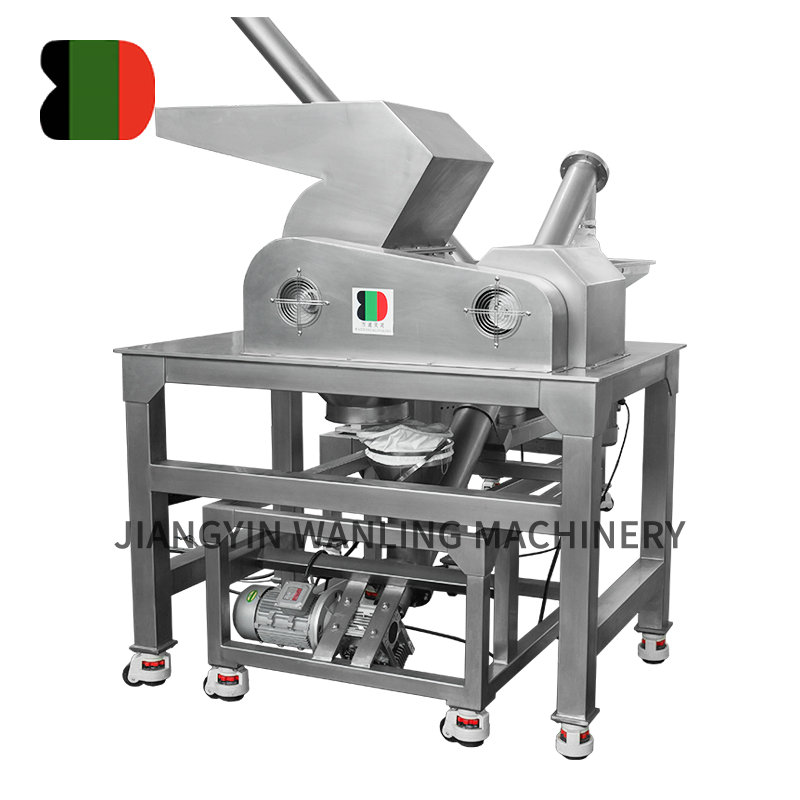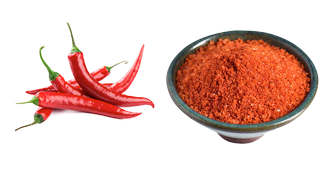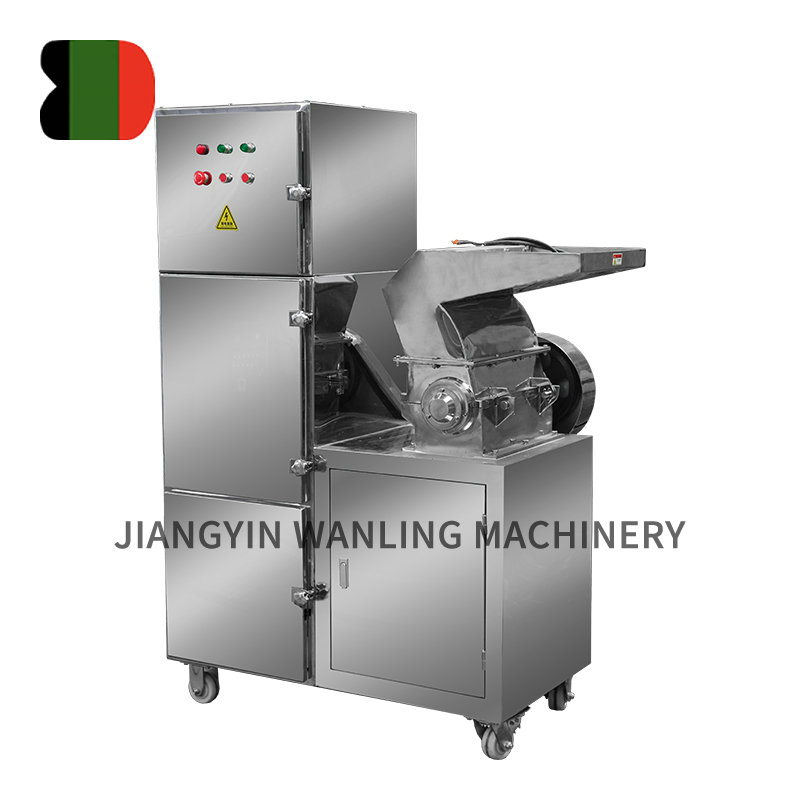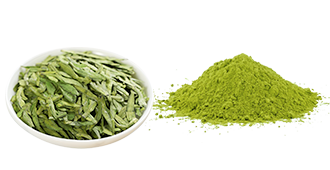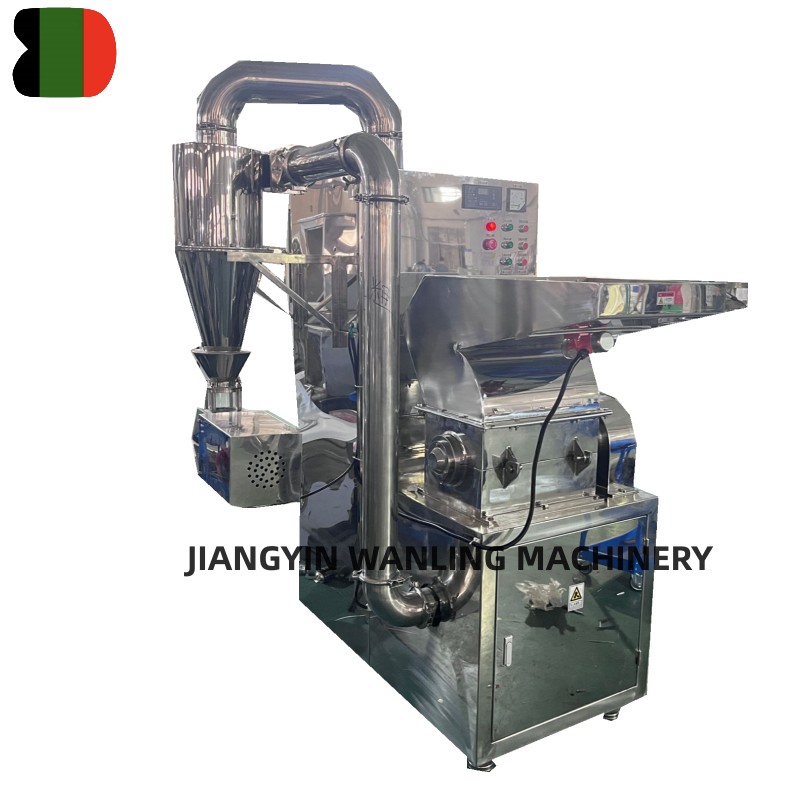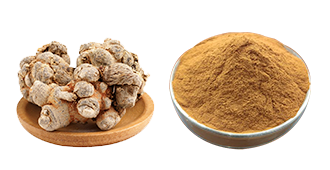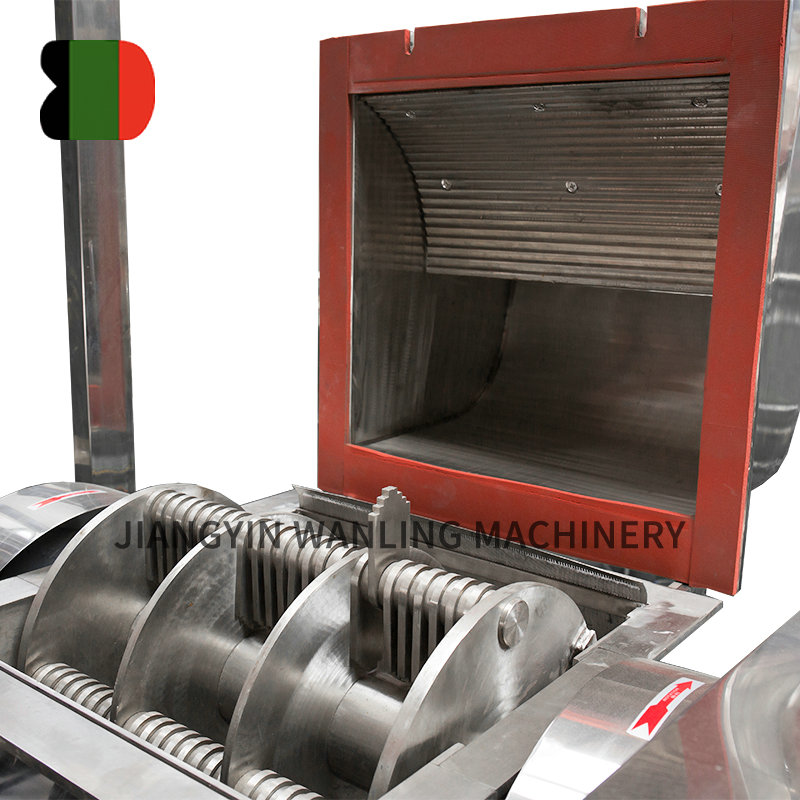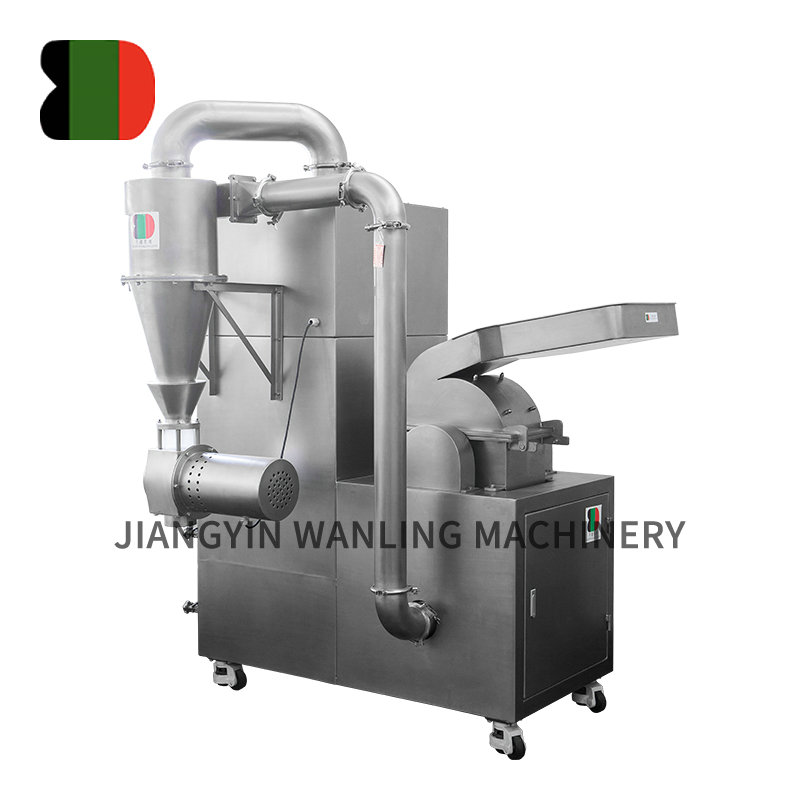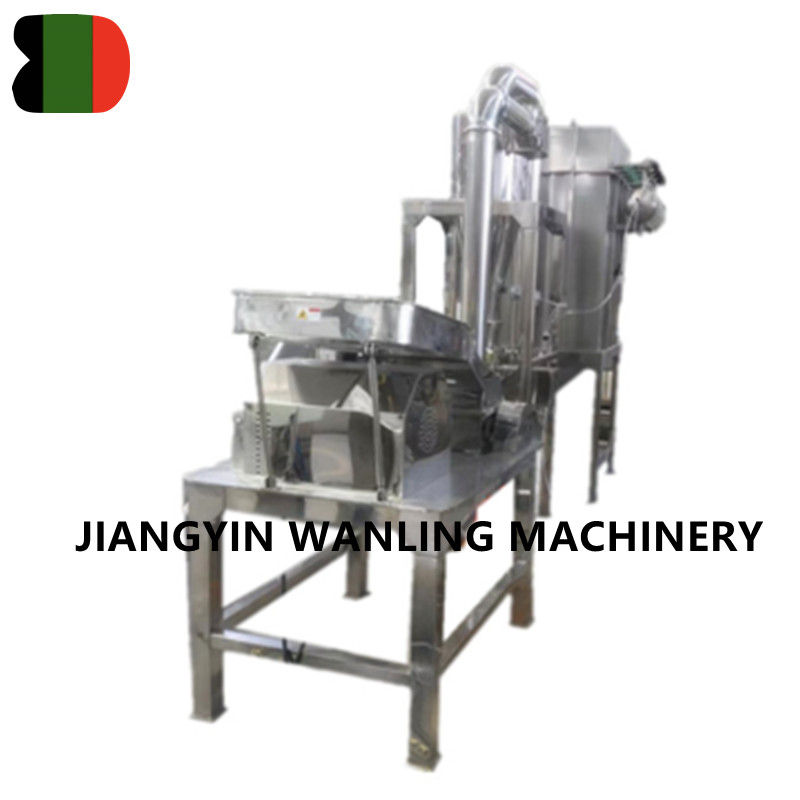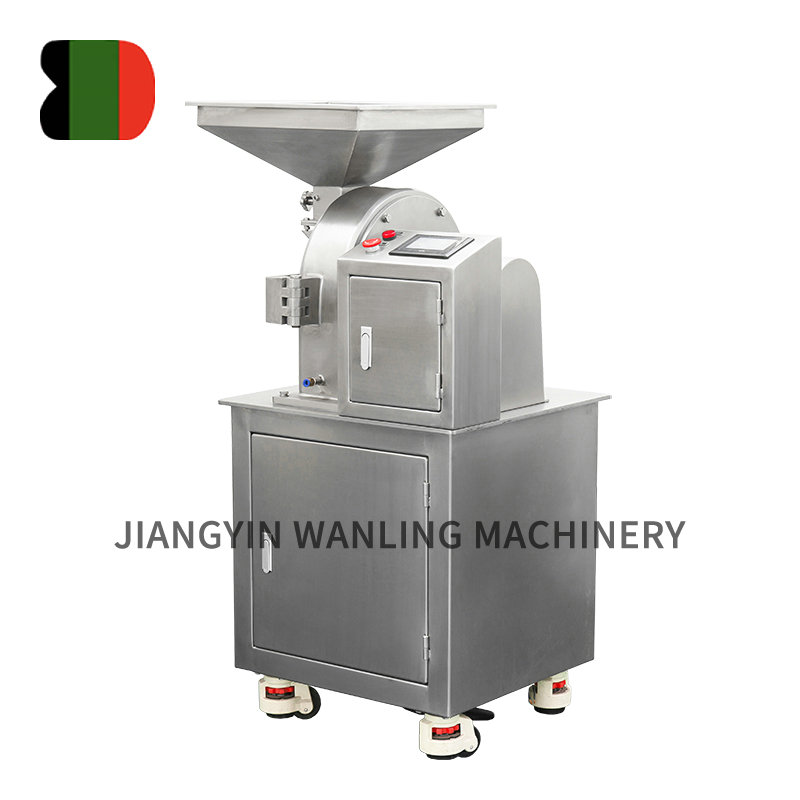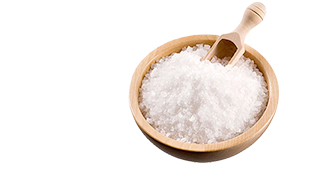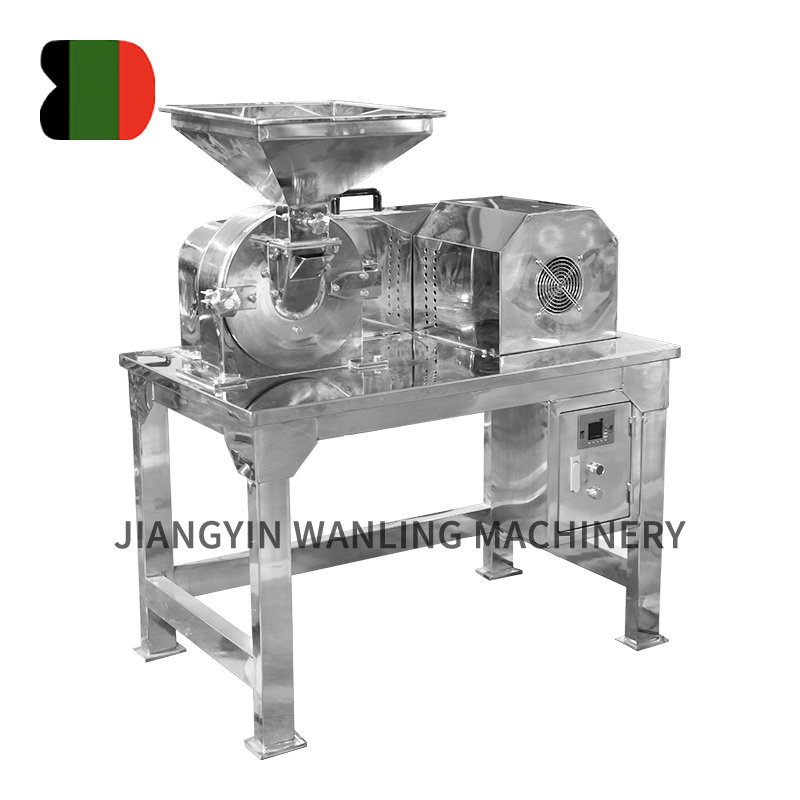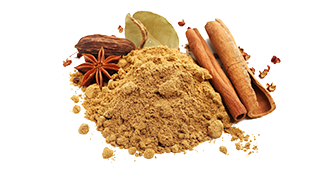Vibrating fluid bed dryers (VFDs) are widely used in various industries to efficiently dry granular, powdered, or particulate materials by suspending them in a hot air stream while applying vibration to improve fluidization. The combination of fluidization and vibration enhances heat and mass transfer, enabling fast, uniform drying with good product quality. However, drying heat-sensitive or sticky materials presents several unique challenges that require careful process design and control.
Heat Sensitivity: The Risk of Thermal Degradation
Heat-sensitive materials are prone to chemical or physical degradation when exposed to excessive temperatures during drying. Examples include pharmaceuticals, food ingredients, enzymes, and some polymers.
Key challenges for heat-sensitive materials:
Thermal Decomposition or Denaturation: Many biologically active compounds or organic molecules break down when exposed to high temperatures, losing functionality or safety. For instance, enzymes or vitamins may denature irreversibly if drying temperature is too high or drying time too long.
Color and Flavor Changes: Heat can cause discoloration or off-flavors in food powders, impacting final product appeal.
Agglomeration Due to Partial Melting: Some polymers or waxy materials soften or partially melt under heat, leading to particle agglomeration, which affects flowability and drying uniformity.
Non-Uniform Drying: Heat-sensitive materials often require gentle drying conditions, limiting drying air temperature and flow rate. This may lead to slower drying rates and uneven moisture profiles inside the bed.
Sticky Materials: The Problem of Cohesion and Clumping
Sticky or tacky materials pose a particular problem for fluid bed drying because their particles tend to adhere to each other or to the dryer internals under certain moisture or temperature conditions.
Key challenges for sticky materials:
Reduced Fluidization Efficiency: Sticky particles can clump together or adhere to walls, causing channeling where air flows unevenly, reducing effective drying area and increasing drying time.
Blockage and Clogging: Sticky deposits can accumulate on distributor plates, air nozzles, or vibrating screens, requiring frequent cleaning and maintenance.
Loss of Product Quality: Clumps or lumps formed by sticky particles can degrade powder quality, resulting in poor flow properties, inconsistent particle size distribution, or difficulties in downstream processing.
Reduced Heat and Mass Transfer: Agglomerated particles have lower surface area exposed to hot air, slowing moisture evaporation.
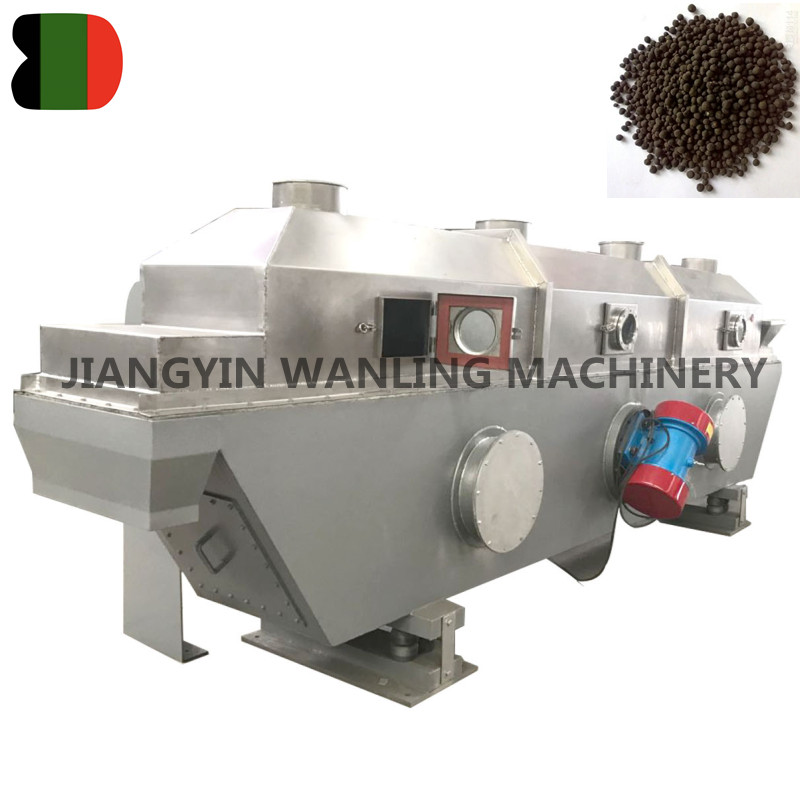
Specific Drying Challenges in Vibrating Fluid Bed Dryers
In VFDs, vibration enhances particle movement and fluidization, which can help mitigate some issues but also introduces unique difficulties:
Controlling Bed Expansion: Excessive vibration amplitude or frequency may worsen particle collisions and promote agglomeration of sticky particles. Conversely, insufficient vibration may lead to poor fluidization and uneven drying.
Optimizing Air Velocity: Air velocity must be carefully balanced; too low causes poor fluidization and dead zones, while too high risks entrainment (loss of fine particles) and excessive mechanical stress on heat-sensitive materials.
Temperature Gradient Management: VFDs often have temperature gradients from bottom to top; controlling airflow and vibration parameters is critical to maintain uniform temperature distribution to protect heat-sensitive materials.
Moisture Gradient Control: Sticky materials can trap moisture internally, leading to uneven drying and residual wet spots that promote caking.
Strategies to Overcome These Challenges
Lower Drying Temperature and Longer Drying Time
Employ lower inlet air temperatures combined with extended drying time to prevent thermal degradation.
Intermittent or Pulsed Vibration
Using controlled vibration cycles can reduce particle sticking by periodically loosening the bed and preventing permanent agglomeration.
Pre-Treatment or Formulation Adjustments
Add anti-caking agents, flow aids, or modify formulation to reduce stickiness before drying.
Multistage Drying
Use multi-zone drying with controlled temperature and airflow settings in each zone to gradually reduce moisture without overheating.
Use of Coating or Encapsulation
Coating sticky particles with inert materials or encapsulating sensitive ingredients can protect against heat and stickiness.
Equipment Design Enhancements
Design fluid bed dryers with easily removable or cleanable components to reduce downtime for sticky material buildup.
Real-Time Monitoring and Control
Implement sensors for moisture, temperature, and vibration to optimize drying parameters dynamically.
Drying heat-sensitive or sticky materials in vibrating fluid bed dryers is complex due to risks of thermal damage, particle agglomeration, and process inefficiency. However, with careful process design, advanced control strategies, and appropriate equipment features, many of these challenges can be mitigated. Understanding the physical and chemical properties of the material, combined with thorough testing, is essential to optimize drying parameters and produce high-quality dried products.



 Español
Español